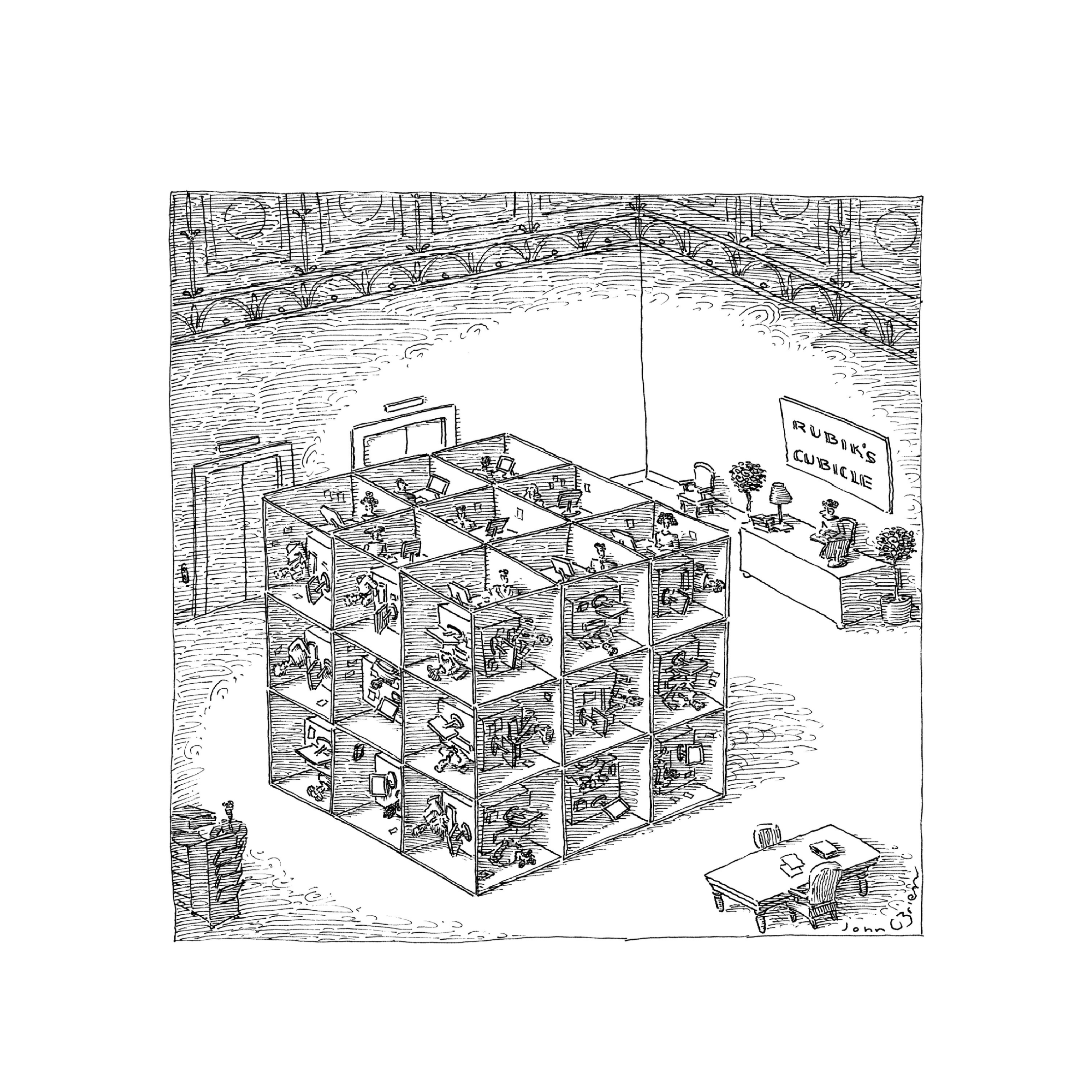The Ad Agency’s Unaccountable Structure

The global ad agency has become a complex, unmanageable mishmash of organizational positions. Complexity reigns. Accountability is invisible if it exists at all. No wonder clients are able to take such advantage of their agencies, loading on unpaid out-of-scope work and cutting fees! Top agency executives are unaware of the problem and are unable to launch a management counter-offensive. No one has the responsibility for the problem or the authority to turn things around.
Existing clients. Let’s consider the case of existing agency clients. They fall into two buckets: 1) single office clients managed by local GADs (Group Account Directors) and 2) multi-office global clients managed by ECDs (Executive Client Directors) who have local GADs on their extended teams to oversee local operations.
Single office clients. A GAD is the point person for a single office client, planning/agreeing on Scopes of Work (SOWs) and fees and organizing the delivery of strategies and creative executions that ought to enhance client brand performance. The GAD reports to an Office Head, the Office Head reports to a Regional Head and the Regional Head reports to the agency CEO. There should to be a straight line of accountability from the GAD to the CEO with management reviews providing a flow of information that answers questions like: “What kind of work are we doing for this client? How much work? Is it the right work for the brand problems? What level of fees are we receiving? Are the fees adequate to cover the required resources? Is the account profitable? What are our ambitions for this client in the future? What must we do to fix fee/workload problems?”
As any GAD can tell you, this line of accountability is pure fiction. First, the GAD was probably not instrumental in setting up the client -- others were involved, like the New Business Director, the Office Head, the Creative Director, the Planning Director and the Chief Financial Officer. The GAD took over to “manage the client,” not to fix it, no matter how well or badly it was set up. Second, the GAD does not really report to the Office Head or, in fact, to anyone. The GAD’s management of clients is not reviewed in any formal way. The GAD has sole discretion to manage the client any way he/she wishes and to agree to any Scope of Work or fee level. This is possible because SOWs are not measured, tracked or reviewed. SOWs are invisible to agency management. The only client measures are fees, timesheet costs (unreliable) and out-of-pocket expenses. Neither Office Heads nor Regional Executives have any visibility into local client operations and CEOs are even further removed. There is no chain of accountability that makes the GAD’s client management practices visible to management.
If a GAD’s client has low fees but an extensive SOW, which is most often the case, then the client will be starved of resources (so that profits can be made) and people will be stretched to carry out the work. This outcome is not measured, though, since there are no reliable workload or productivity measures. The GAD will not be held accountable for an overstretched client situation or responsible for developing a corrective plan. There is no one who will require the GAD to do so, especially if the client is “profitable.” The problems will only intensify over time.
Global client. Multiply the local client problems by twentyfold or so and you have something approximating the global client. Technically, the GAD reports to a global client ECD and to the local Office Head at the same time, but this is not how it works. The GAD takes direction from the ECD on SOW and fee issues -- receiving an allocation of “what is possible,” which is usually too much work for too little fee. Here, the ECD ought to be accountable for the level of the global fees and the sum of all the SOWs, but this is hardly the case. The fee might have been agreed at a holding company or agency level at some point in the past. The SOWs are developed locally and invisibly rather than globally. The misalignments among fees, SOWs and resources are amplified.
ECDs are more visible to agency CEOs and CFOs than are local GADs, but that does not make them more accountable. The only uniform measure is global client profit margin, which is adjusted by restricting global resources, whatever and wherever the SOWs may be.
Apart from the GADs and ECDs, agencies have many other executives: Regional and Global Creative Directors, Regional and Global Strategic Planners, New Business Executives, Finance Officers, Operational Executives, Client Service Directors, Digital Executives, Media Specialists, Project Managers, Production Executives, HR Executives and many others. They contribute enormously to organizational complexity and dilute the possibility of creating client management accountability. Many of them exist to “upgrade the quality of agency practices,” but left out of this is the management of client fees, workloads and agency resources.
The global agencies need to streamline their structures, cutting 30-40% out of their management structures and replacing management complexity with relevant information and strong client management processes to enhance accountability for client management purposes.
In the end, overstretched agency people and underperforming clients will benefit from agency organizational simplification and enhancements in client management accountability.
Big agencies clearly need more Peter Drucker (and less Bill Bernbach) for the management of their clients today. Agency CEOs need to step up to this challenge with some urgency.
Cartoon Credit: John O’Brien, The New Yorker, The Cartoon Bank. With permission.
Click the social buttons above or below to share this story with your friends and colleagues.
The opinions and points of view expressed in this article are exclusively the views of the author and/or subject(s) and do not necessarily represent the views of MediaVillage.com/MyersBizNet, Inc. management or associated bloggers.


